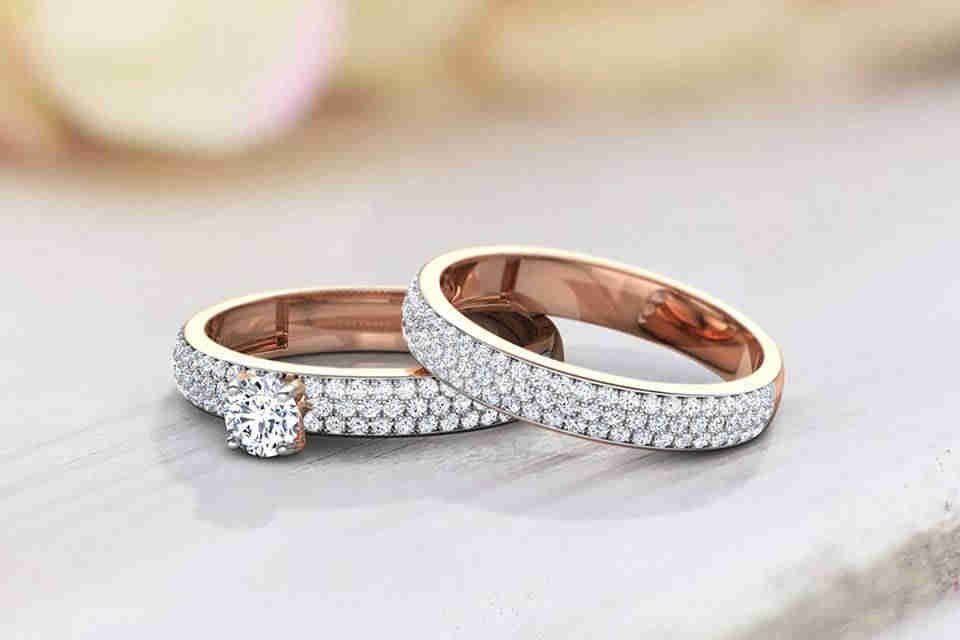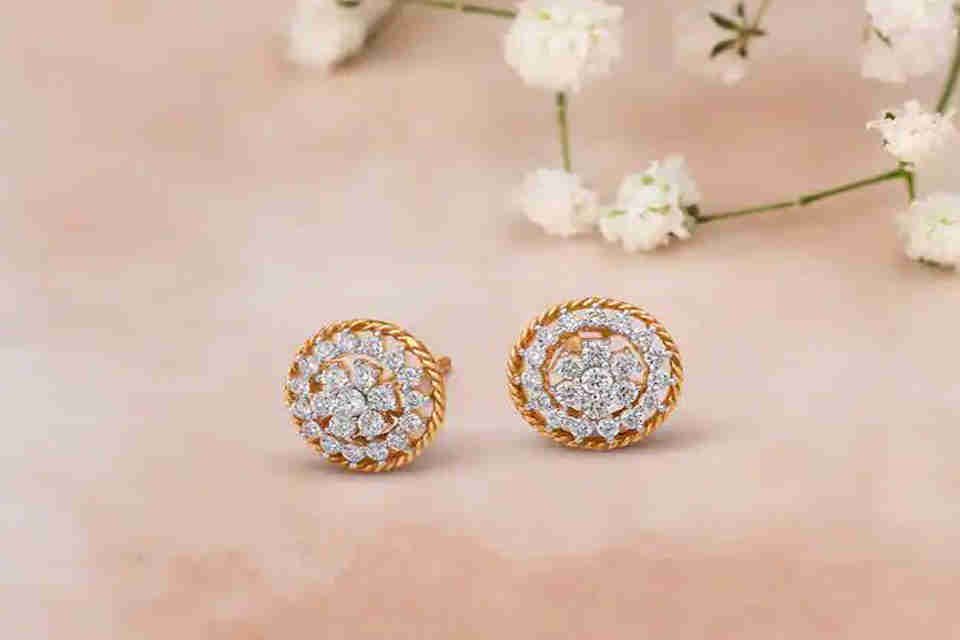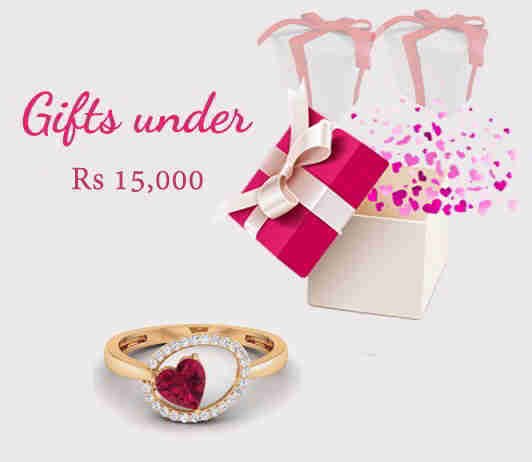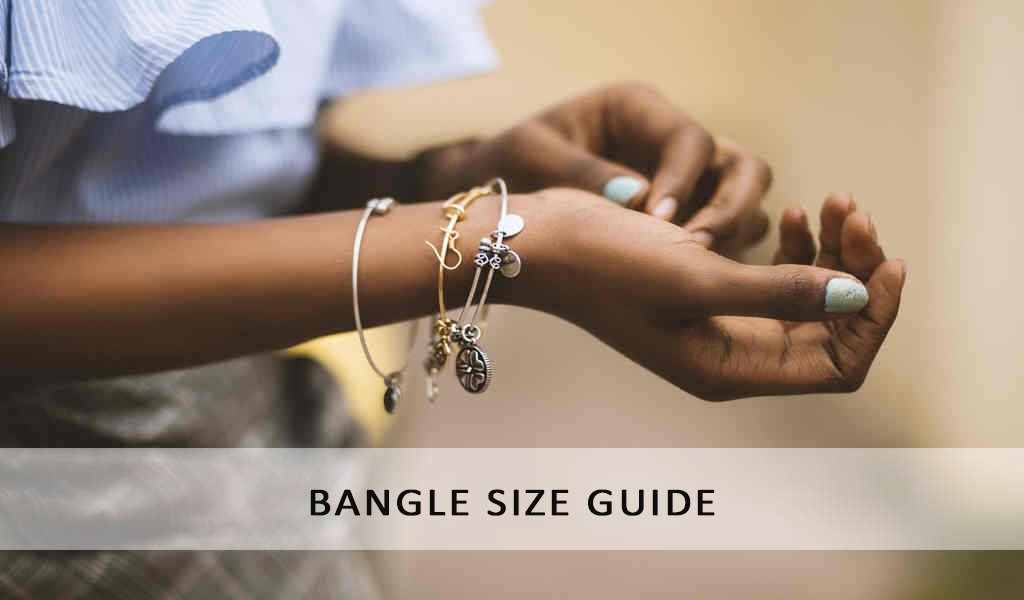Emerald

Do you think diamonds are the most
expensive gemstones in the world? Surprise, surprise! They aren’t! In fact,
there is another stone which, in its naturally occurring form, can be twice as
expensive as a diamond of the same size and weight. And that gemstone is
emerald. This green beauty has captured the hearts of many, from Cleopatra and
Elizabeth Taylor to Angelina Jolie. And who can be blamed? Such is its allure!
Overview
Emeralds belong to the beryl family and
have a hardness of 7.5 - 8 on the Mohs scale. Their lush green colour is
influenced by traces of chromium and vanadium. Though these gemstones are
synonymous with green, they aren’t always green. They are also found in
blue-green shades. The colour green stands for life and prosperity and
naturally, many consider these green stones as symbolic of success, fertility,
and progress. Are you planning to buy emerald rings
or pendants or necklaces? Here is everything you should know
about this stone which adorned kings and queens of the world.
History of Emeralds
Greek word for the emerald is ‘smaragdus’,
which means green gem. However, the first emerald mines were located not in
Greece but in Egypt. These mines date back to 330BC and beyond. Cleopatra is
believed to have been a great admirer of these stones. She is believed to have
used them in many of her jewellery pieces. There are several popular myths
linked to this stunning gemstone, some of which suggest that it could be used
to prevent epilepsy, forecast the future, etc. It was also believed that
wearing the stone could make a person smarter. In India, these green beauties
were most popular with the Mughals. Sacred texts were often inscribed on these
stones that were them worn as talismans.
Types of Emeralds
There are many different types of
emeralds, each of which is named after the country of its origin. For instance,
Columbian emeralds are mined in Columbia and the Brazilian variants are mined
in Brazil.
Naturally occurring emeralds are among the
most expensive gemstones in the world of jewellery. However, not all real
emeralds are extracted from the earth. Many of them are created in a lab by
humans. Such stones, which are called synthetic emeralds, have same chemical
structure and physical properties as their natural counterparts. However, the
man-made varieties of the stone are much less expensive. Today, the
ever-alluring beauty of this green stone is affordable to every jewellery
lover, thanks to its synthetic variety.
Some synthetic emeralds may also include
inclusions which mimic those found in natural emeralds. It is not possible to
identify a real and synthetic emerald with the naked eye. Only a jeweller or a
gemologist can tell the two apart.
Birthstones and Anniversary Stones
Emeralds are the birthstone for people
born in the month of May. They are also deemed symbolic of twenty or thirty
five years of a couple’s marriage. As per Indian astrology, the stone
represents the planet Mercury.
Real Emeralds vs Fake Emeralds
Emeralds are not the only green coloured
stones available in the market. If you aren’t careful, you may end up buying a
peridot or coloured glass instead of a real emerald. Given the price of these
exquisite stones, this could be a very costly mistake. Fake ones are usually
lighter than real ones and they also have a yellow undertone. The facets of
these fake stones are also softer and less clean as compared to real gems. They
are also usually very clear and have no inclusions. A real emerald without
inclusions is rare to find in nature. In some cases, real stones may also be
augmented with a layer of plastic or glass. This makes them look bigger and a
deeper shade of green.
How to Buy Emerald Jewellery?
It takes an experiened eye to find a piece
of jewellery studded with a high-quality emerald. However, there are a few
basic things you should keep in mind when buying emerald ornaments. As in the
case of diamonds, you should look for the 4 Cs when you buy this jewellery
online or offline. Those 4 Cs are colour, cut, clarity, and carat. Let’s
quickly see what each of these means.
Colour: Ideally, the colour of this gem should lie
between a pure deep green and shades of blue-green. Dark toned stones are not
very popular. It shouldn’t show any colour zones but should have an even colour
tone all over. Never buy emeralds that have high yellow or blue tones. The
mineral traces present in a stone have the biggest effect on its colour. The
geographical location from which a stone is mined also determines the colour of
the stone. For example, Columbian emeralds are usually warmer while Zambian
varieties are cooler.
Cut: Emeralds are hard but brittle stones.
Hence when mined, they usually contain fractures. The placement of these
fractures defines the best way to cut a raw stone. The way it is cut can also
influence its perceived colour. For example, a deep cut with minimal facets can
make a light coloured stone appear darker. A number of popular cuts such as
round, square, princess, teardrop, marquise, and oval are used to shape these
green gems. Also, there is a cut named after this stone, called emerald cut!
This rectangular cut gives the stone an understated sparkle.
Clarity: Emerald without visible inclusions is
rare.. These inclusions usually do not affect the value of the gem. However,
they could reduce the value if they affect the stone’s opacity.
Carat: Carat refers to the weight of a gemstone.
Emeralds can be bought in a wide range of carats. The higher the carat value,
the more expensive a stone will be. Some cuts, such as the marquise cut, can
make a low carat stone appear large. So if you are looking for a bigger bang
for the bucks you spend, look for jewellery featuring marquise-cut stones.
How to Look After Your Emerald Jewellery?
Are you a proud owner of emerald earrings,
bangles or pendants? You should give these stones the care they deserve so that
they will keep shining. Here is a quick rundown of how to care for your
emeralds:
· Exposing these green gems to heat or light can damage them. They should
not be kept on the window sill or in any place under direct sunlight.
· Do not place your emerald jewellery in a bag or box where it can rub
against other piece of jewellery. It is better to place it in a fabric-lined
box with separate slots where you can store your emerald nose pins, diamond
pendants, pearl necklaces, etc.
· Dirt, oil, and grease that accumulate on the stone may affect its
lustre. To prevent this build-up, wear them only after you have finished
applying makeup, lotions, perfumes, etc.
· You should also clean your gem-studded jewellery often using a solution
of warm water and gentle detergent. To clean it further, you can brush it with
a soft-bristled toothbrush. Dry it using a lint-free cloth or micro-fibre
towel.
· Emeralds are typically treated with colourless oil or resin to conceal
the fractures on their surface. With use, this coating may wear off, so you
need to take them to professional jewellery for re-oiling.
A piece of emerald jewellery, irrespective,
how big or small, is a thing of pride to own. Yellow gold and this green gem
make an eternal classic combination. Emerald-studded white gold jewellery is a
pure delight to wear. Add diamonds or rubies to this mix, and you get heavenly
pieces anyone would drool over.
















